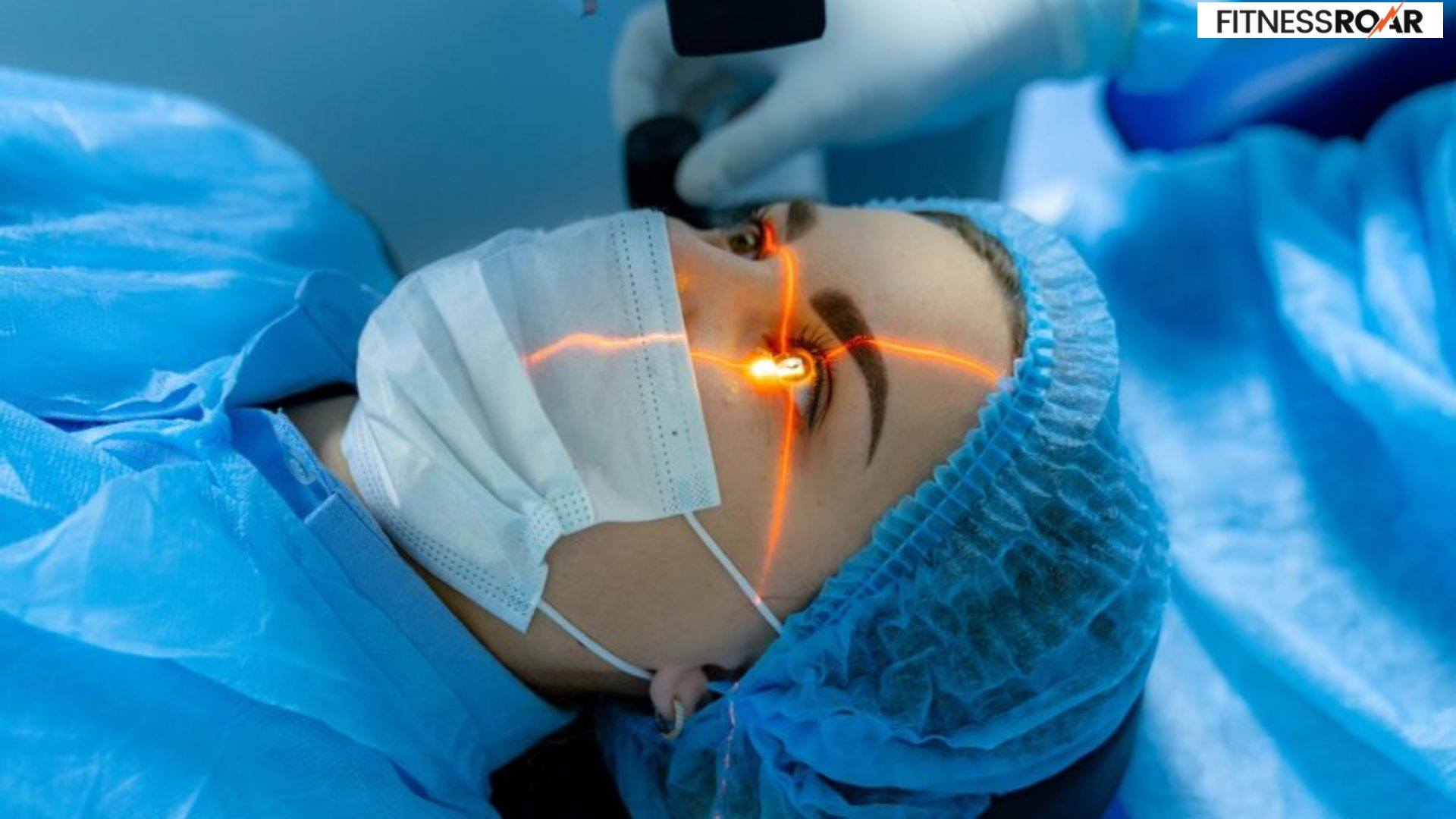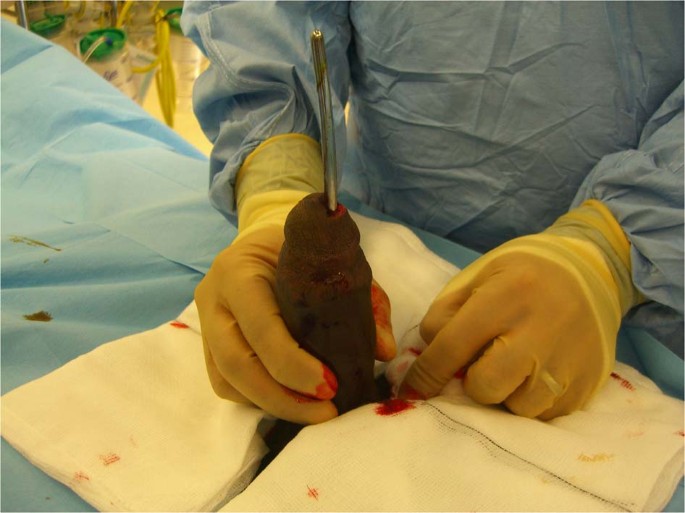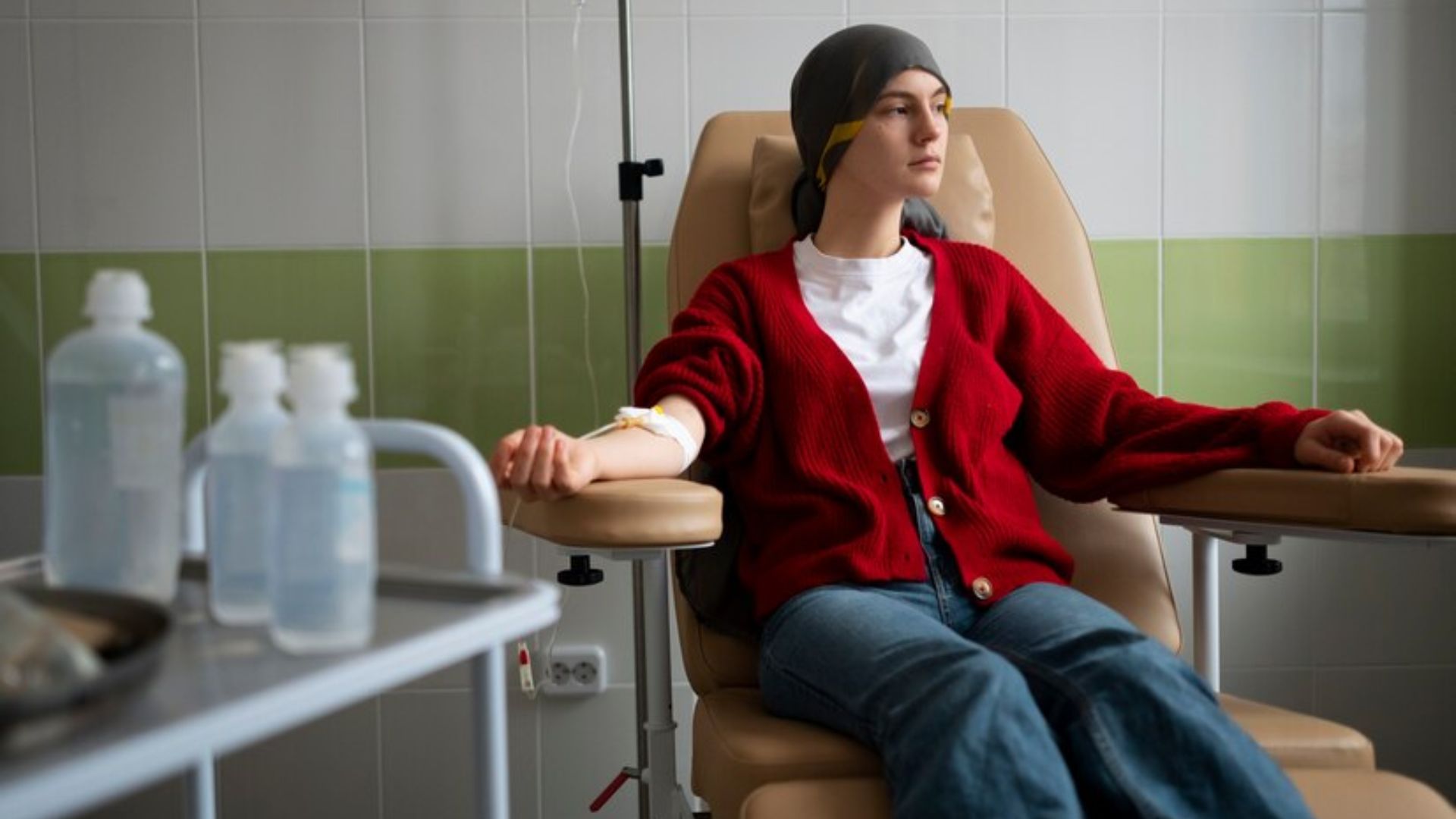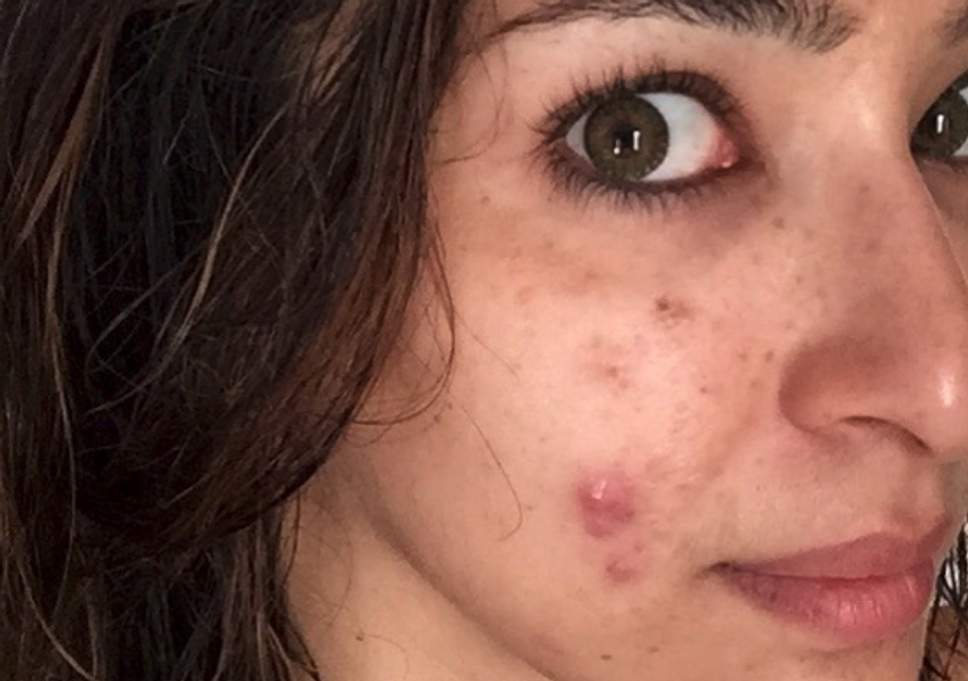Rosacea Self-Care: Expert Tips for Clearer Skin

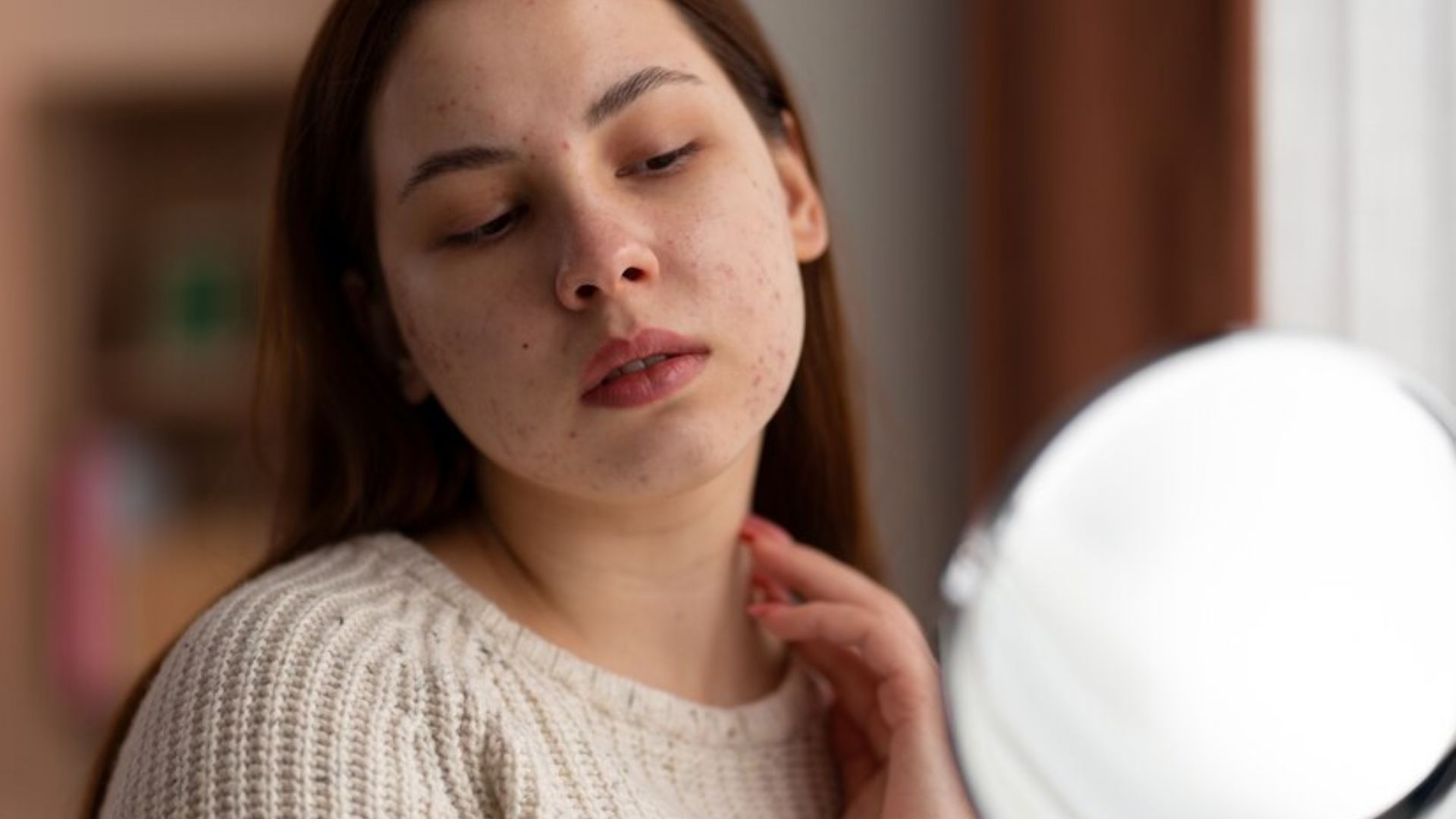
Rosacea is a chronic inflammatory skin condition that primarily affects the face. It’s characterized by redness, visible blood vessels, bumps and pimples, and sometimes even burning or stinging sensations. While the exact cause remains unknown, rosacea can significantly impact a person’s skin health and overall well-being.
Beyond the physical symptoms, rosacea can take a toll on an individual’s quality of life. The facial redness and blemishes can lead to self-consciousness, social anxiety, and even depression. This highlights the importance of self-care for those living with rosacea. By taking proactive steps to manage their symptoms, individuals can improve their skin health and achieve a greater sense of well-being.
Also Read: Yoga Poses for Relaxation
Lifestyle Changes for Managing Rosacea
Rosacea, although not entirely controllable, can be significantly influenced by daily habits and environmental factors. Here’s how some lifestyle changes can help manage symptoms and promote healthy skin:
Identifying Triggers
The first step is recognizing personal triggers that worsen your rosacea. Common culprits include:
- Sun exposure: Sunburns and intense UV rays are major triggers.
- Spicy foods: Chilis, peppers, and other spicy ingredients can cause flushing.
- Alcohol: Beverages like red wine and liquor often dilate blood vessels, leading to redness.
- Hot beverages: Coffee, tea, and even hot soup can trigger flushing.
- Stress: Emotional distress can worsen rosacea symptoms.
- Certain medications: Some medications, like vasodilators, can aggravate rosacea.
Lifestyle Modifications
Once you identify your triggers, incorporate these changes into your routine:
- Sun Protection: Daily use of a broad-spectrum sunscreen with SPF 30 or higher is crucial. Opt for hats and protective clothing outdoors.
- Dietary Adjustments: Pay attention to how specific foods affect your skin. Consider keeping a food diary to identify and potentially eliminate trigger foods.
- Moderate Alcohol Consumption: Limit alcohol intake, especially drinks known to cause flushing.
- Manage Stress: Practice relaxation techniques like yoga, meditation, or deep breathing to combat stress-induced flare-ups.
- Gentle Skincare Routine: Choose fragrance-free, gentle cleansers and moisturizers formulated for sensitive skin. Avoid harsh scrubs and abrasive products.
- Tepid Showers: Opt for lukewarm showers instead of hot baths or saunas, which can aggravate redness.
- Talk to your Doctor: Discuss any medications that might be triggering your rosacea. They can recommend alternatives or adjust dosages.
By incorporating these lifestyle changes and working with your doctor, you can effectively manage your rosacea, minimize flare-ups, and promote healthier, more resilient skin.
Tips for a Rosacea Self-Care Routine
Living with rosacea requires a dedicated skincare routine that prioritizes gentleness and caters to your specific needs. Here’s how to craft a daily regimen to soothe and protect your skin:
Gentle Cleansing:
- Wash Twice Daily: Cleanse your face in the morning and before bed with lukewarm water. Avoid hot water, which can strip away natural oils and worsen irritation.
- Rosacea-Friendly Cleanser: Choose a gentle, fragrance-free cleanser specifically formulated for sensitive skin. Look for cleansers that are soap-free and non-comedogenic (won’t clog pores).
- Gentle Application: Apply the cleanser with your fingertips using a circular motion. Avoid harsh scrubbing or rubbing.
- Pat Dry: Gently pat your face dry with a soft, clean towel. Avoid rubbing, which can irritate sensitive skin.
Moisturizing
- Daily Hydration: Moisturizing is crucial for all skin types, including rosacea-prone skin. It helps maintain a healthy skin barrier and reduces irritation.
- Lightweight Formula: Opt for lightweight, oil-free moisturizers that are non-comedogenic and fragrance-free. Look for ingredients like hyaluronic acid, ceramides, or colloidal oatmeal, which are known to soothe and hydrate.
- Apply Liberally: Apply moisturizer liberally to your entire face and neck after cleansing, both morning and night.
Sun Protection
- Daily SPF: Sun exposure is a major trigger for rosacea flare-ups. Make sunscreen a non-negotiable part of your daily routine, even on cloudy days.
- SPF 30 or Higher: Choose a broad-spectrum sunscreen with SPF 30 or higher. Mineral sunscreens containing zinc oxide or titanium dioxide are often gentler on sensitive skin.
- Reapplication: Reapply sunscreen every two hours, or more often if sweating or swimming.
Consistency is Key: Consistency is vital for a successful self-care routine. Stick to your cleansing, moisturizing, and sun protection routine daily to see long-term improvement.
Less is More: Avoid overloading your skin with too many products. Keep your routine simple and focused on gentle, effective products.
Consult a Dermatologist: If you have any concerns or questions about your rosacea or skincare routine, consult a dermatologist. They can recommend personalized treatment options and products tailored to your specific needs.
By following these tips and incorporating a consistent self-care routine, you can effectively manage your rosacea and achieve healthier, more comfortable skin.
Also Read: Surprising Benefits of Organic Milk
Natural Treatments for Rosacea Symptoms
While there’s no miracle cure for rosacea, several natural remedies can offer soothing relief and potentially reduce inflammation associated with the condition. It’s important to note that these remedies may not work for everyone, and some might even trigger sensitivities. It’s always best to consult your doctor before incorporating any new treatments into your routine.
Natural Soothing Ingredients:
Here are some natural ingredients known for their calming and anti-inflammatory properties:
- Green Tea: Green tea is rich in antioxidants called polyphenols, which can help reduce inflammation and redness. You can use cooled green tea bags as compresses on your face or incorporate green tea extract into your skincare products.
- Aloe Vera: Aloe vera gel has long been prized for its soothing and hydrating properties. It can help reduce redness, itching, and burning associated with rosacea flare-ups. Look for aloe vera gel that is 100% pure and free of added fragrances or alcohol.
- Oatmeal: Colloidal oatmeal, finely ground oatmeal, has anti-inflammatory and moisturizing properties. You can take an oatmeal bath or make a paste using oatmeal and water to apply directly to your face as a soothing mask.
Incorporating Natural Treatments:
Here’s how you can integrate these natural remedies into your self-care routine:
- Cooling Compresses: Steep a green tea bag in hot water, then let it cool completely in the refrigerator. Apply the chilled tea bag to affected areas for 15-20 minutes for a calming effect.
- Aloe Vera Gel: Apply a thin layer of pure aloe vera gel to your cleansed face after cleansing and pat dry. Let it absorb completely before applying moisturizer.
- Oatmeal Mask: Combine equal parts finely ground oatmeal with water or plain yogurt to create a paste. Apply the mask to your face for 10-15 minutes, then rinse thoroughly with lukewarm water.
Patch Test: Before applying any new product to your face, do a patch test on a small area of your inner arm first. Wait 24 hours to see if there’s any irritation before using it on your face.
Consult a Dermatologist: If you experience any burning, stinging, or worsening of symptoms after using a natural remedy, discontinue use and consult your dermatologist.
Natural treatments can be a valuable addition to your rosacea management plan. By incorporating these options alongside a consistent skincare routine and lifestyle modifications, you can create a holistic approach to achieving calmer and healthier skin.
Also Read: Work Out Ideas for People Over 60
In Crux
Rosacea, while a chronic condition, can be effectively managed through a combination of self-care strategies and professional guidance.
Remember, everyone’s rosacea journey is unique. Experiment with different self-care strategies to find what works best for you. Don’t hesitate to consult a dermatologist for personalized guidance and treatment options. With a proactive approach and the right support system, you can effectively manage your rosacea and achieve healthier, more comfortable skin.
How much did you like Our detailed Rosacea Self-Care: Tips & Techniques for Managing Symptoms? Please share your view in the comment box. Also, please share these Blogs with your friends on social media.
Recommended

